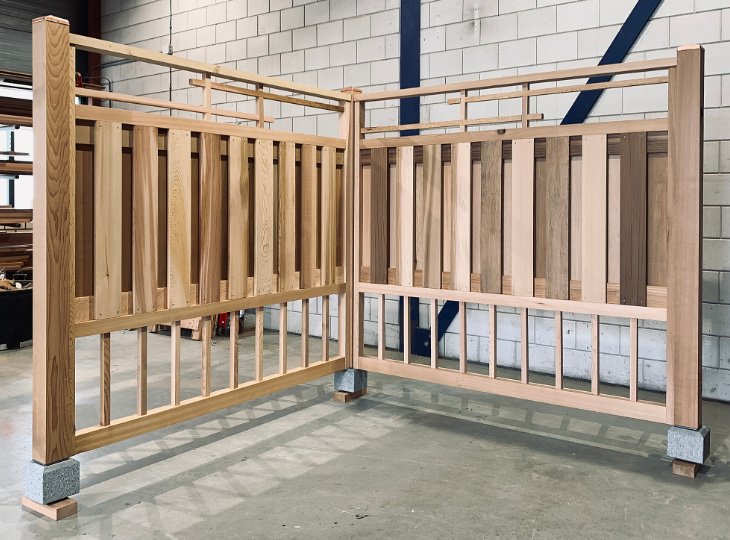
Using Japanese garden fences is a great way to add beauty to any space. They are also a great way to enclose your garden or property and add a sense of privacy. Whether you are building a new fence or are just adding on to an existing one, you can find designs that will suit your needs.
The most popular style in Japanese landscape architecture is the bamboo fence. It has a clean, simple, and open look. This design is available in a wide variety of colours, styles, and patterns. They are a popular choice for traditional gardens and homes. They are eco-friendly, durable, and offer a graceful form.
Another commonly used design is the low fence. This style can be installed as a boundary fence, or mounted on an existing stone wall. The design can vary in length, height, and number of canes. This type is very popular in the Kansei region of Japan.
Another common style is the woven fence. This type uses thin side branches of bamboo to weave horizontally or diagonally. The structural elements can be natural color, or may be a dark wood stain to mimic the scorched look of a traditional Japanese design. Depending on the size of the fence, the structural elements may be made from natural materials or a coloured steel sheeting.
The knot-tying method for Japanese fences is simple and can be accomplished with basic tools. The looped square knot is the standard knot for Japanese construction. This knot gives a neat appearance and helps to keep the ties in place. However, there are several other knots that are used for different purposes.
The tamagaki is the oldest of all brushwood fences. It was originally constructed by gathering thin branches of different trees and tying them vertically. In the past, these types of fences were a living hedge that would have protected the shrine from the outside world. Today, they are still used in many of the Japanese houses. This fence is a sacred boundary that separates the profane from the sanctum.
The daimyo garden is the typical estate garden of the Japanese feudal rulers during the Edo period. This style of garden is typically relaxed and peaceful. It is crowned with bushy bamboo branches. This design is similar to the Katsura style. The Katsura style is modeled after the Miyuki gate fence at the detached palace in Kyoto.
There are several other variations of the Otoko musu knot. These knots are a great way to customize your bamboo fence. They can be tied with hemp twine, which can make weather-tight joints. These knots are also used to train trees. You can also use black palm rope, but white cord is easier to use and follows the ties better.
In addition to the traditional knot tying methods, there are also more contemporary techniques that can be used to give your fence a personal touch. For example, you can purchase a shou sugi ban fence, which is a cladding material that can be applied to a fence. This is an ideal option for those who want to make a good first impression, and it can help to increase the value of your home.
